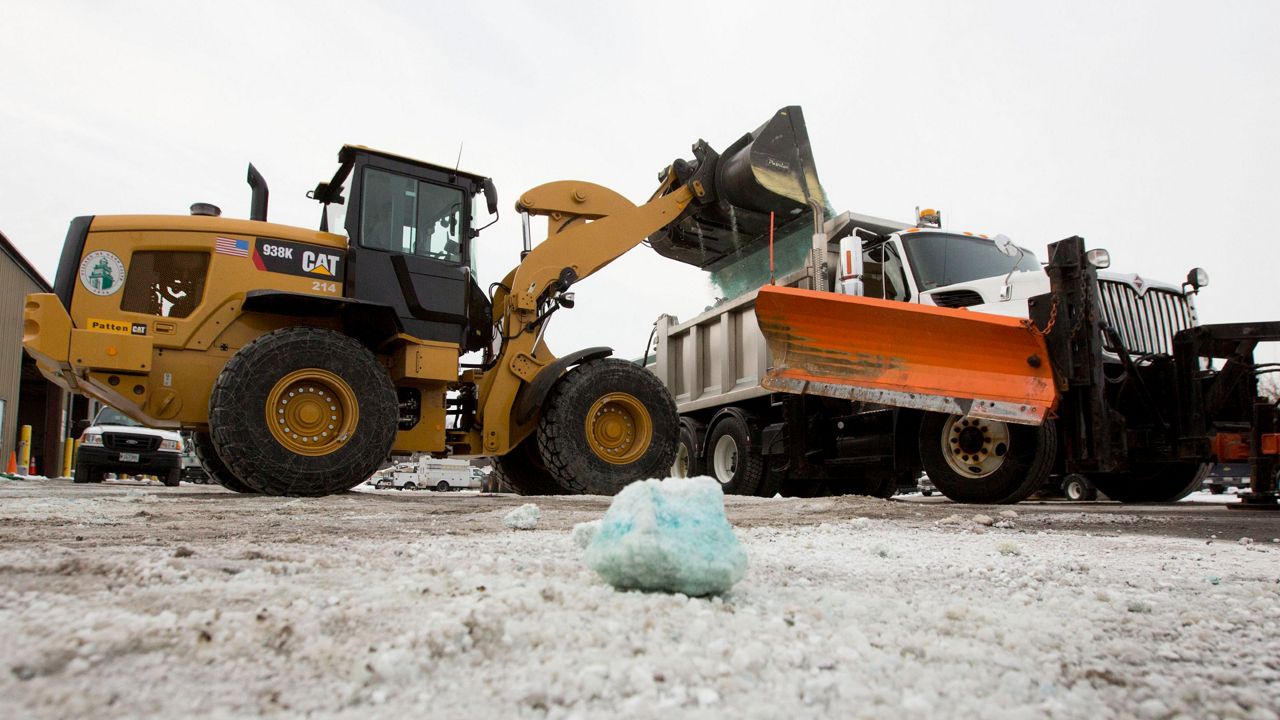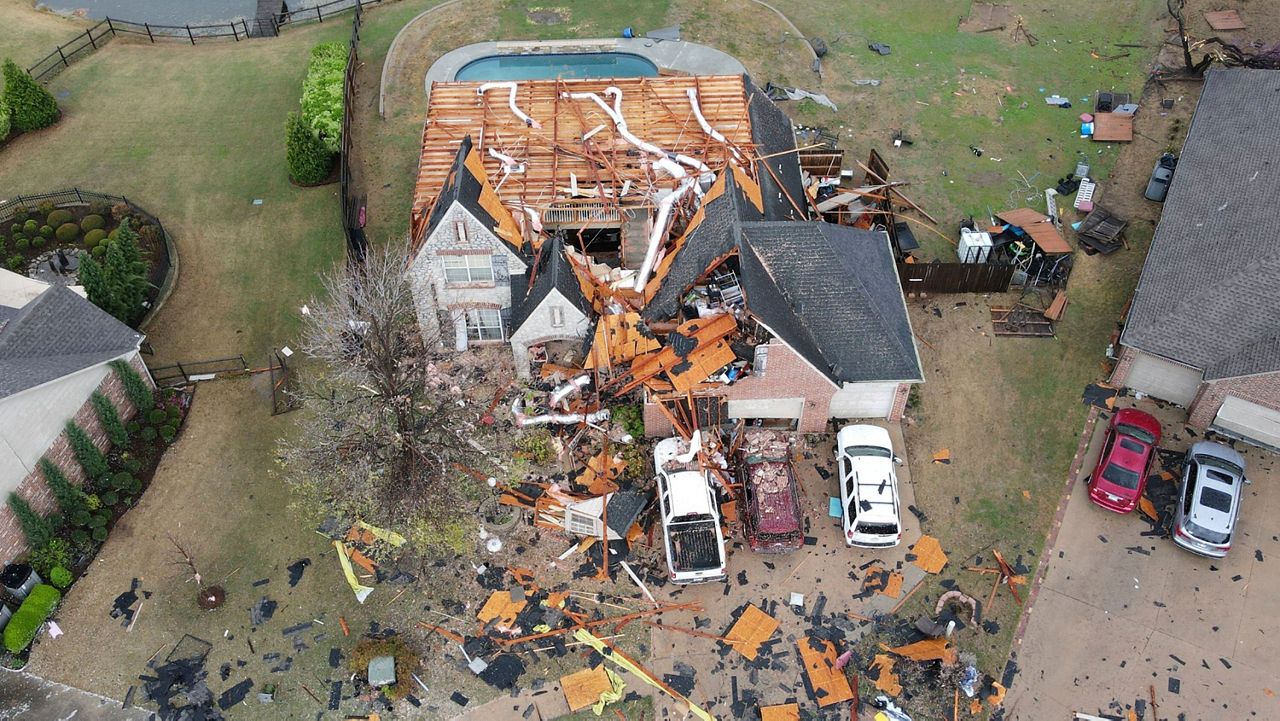We can always expect difficult travel conditions during a winter storm, but applying salt and or sand on the roads can help make travelling to your destination safer.
Salt is the most commonly known form of road treatment, but we also use sand in many regions. There are key differences to each application, which makes using both the best option to keep motorists safe.
Applying salt to roads helps lower the freezing point of the surface to allow snow or ice to melt easier. A couple downsides to salt, excluding environmental impacts, is that it does not work in extreme cold conditions and can wash away with the next rain.
The difference with sand is that it won't melt or help melt frozen precipitation. It does, however, give a grittiness to the road to allow better traction with your tires on slippery surfaces.
The hope is that reducing the slippery conditions will help reduce the number of accidents.
If applying sand to roads, it's best to dampen them before application. The downfall of dry sand is that it blows away easily, but wet sand has a much better chance of sticking to the road and having the desired effect during a storm.
In a perfect world, we should apply salt and sand together to give motorists the best possible chance to get to their destination safely.
Regarding environmental impacts, salt and sand differ greatly.
Salt has more corrosive properties associated with it which not only harms the undercarriage of your car but the earth as well. Salt on the roads can run off into local streams or rivers, causing harm.
Sand isn't as harmful, if harmful at all, to the environment.
Our team of meteorologists dives deep into the science of weather and breaks down timely weather data and information. To view more weather and climate stories, check out our weather blogs section.









